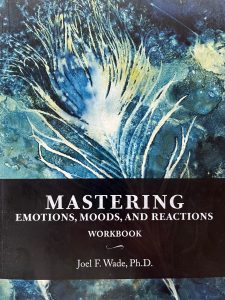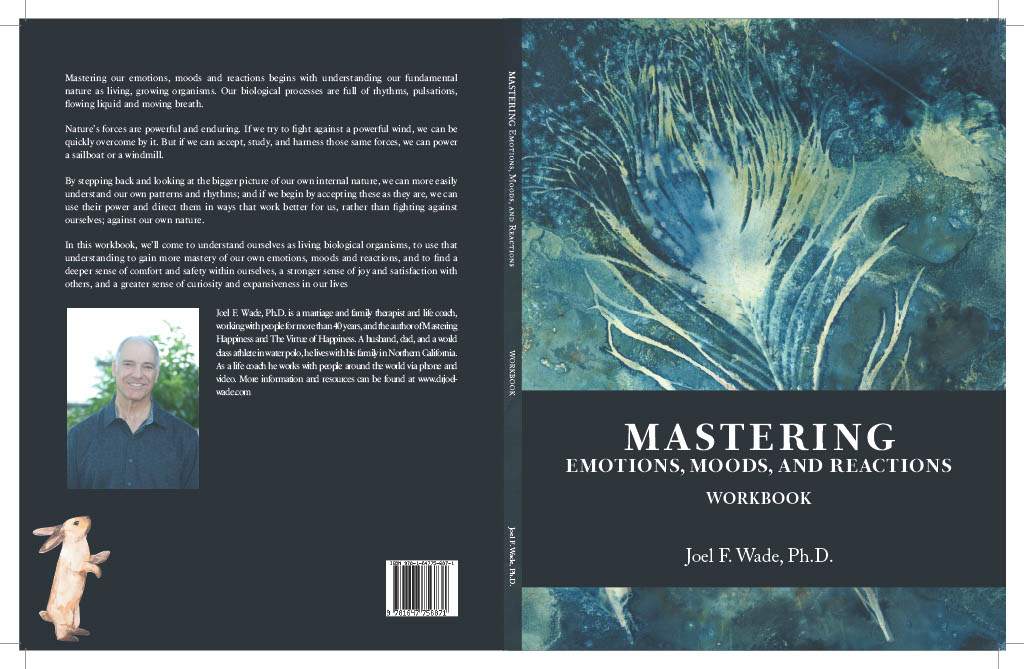Learning to feel, understand, and use our emotions is central to mastering the complexity of life. Our emotions become much clearer and easier to use the more we pay attention to the physical sensations that go with them.
For many of us, emotions are something of a mystery. On the one hand, they can be delightful; they give life meaning and depth that would be impossible without them. On the other hand, they can be uncomfortable; they can hinder and disturb us; and anger in particular can sometimes cause a whole lot of very big trouble.
How do you know you feel afraid? Is your breath more shallow, your chest tight, your belly vibrating?
For many of us, the first sense we have of fear is when we’re already overtaken by the emotion, uncomfortable with the need to avoid or endure something that feels threatening.
In the case of panic attacks, the physical process leading to the emotion of panic can start much earlier than the panic itself. A tightening of our chest, a constriction in our breathing, can lead to a change in CO2 levels in our blood as early as 40 minutes before we feel anything! By the time we’re actually panicking we’re already in trouble, with an intensity of emotion that can be genuinely disabling.
Often, panic is not about an external fear at all, it’s a physical response to feeling like we’re suffocating – because the CO2 levels in our blood are telling us that we are.
If we’re prone to panic attacks, and we’re aware of when our breathing initially becomes shallower, at that point we can gently deepen our breathing when we notice it. Doing this can quite possibly avert the panic attack entirely.
How do you know you feel angry? Do you feel tension in your muscles, tightening in your jaw, an intensity of physical energy in your body? For those with anger issues, it can feel like a switch just got thrown, and the anger floods in, becoming overpowering, and leading to potentially dangerous consequences.
That’s because overwhelming anger is a function of the fight branch of our sympathetic nervous system, and it can kick in within about a 10th of a second to protect us from mortal danger. At least that’s its function – but we can get lost in it for a variety of reasons when there is no such danger.
Part of the solution to anger that is out of control is to pay close attention over time to what triggers that anger, and to the very earliest physical sensations signaling that anger is beginning to arise, and before our fight system is activated. Avoiding those triggers and using those early sensations as a signal to stop and redirect that emotion are keys to taming and retraining the anger response.
How do you know you feel joy? Does your breathing deepen, do your muscles relax; do you feel lightness and a pleasurable vibration in your skin? Often we just have a sense that we feel happy, but we may not have the words or the awareness of what’s happening in our bodies which is an integral part of that joy. In many cases, those physical sensations can help us feel even more joyful… and it’s hard to imagine a downside to that.
Emotions in general involve not just a feeling, but also an impulse to move. And that impulse to move is something that happens outside of our conscious awareness.


 After my workout, I stopped at the cliffs above Capitola, overlooking the Monterey Bay. It had just rained lightly, so the air was crystal clear, and the brownish gold of the kelp beds at low tide made a vivid contrast with the blue gray ocean. The little bit of sun that peeked through the clouds lit a meandering path across the water and through the center of the wharf.
After my workout, I stopped at the cliffs above Capitola, overlooking the Monterey Bay. It had just rained lightly, so the air was crystal clear, and the brownish gold of the kelp beds at low tide made a vivid contrast with the blue gray ocean. The little bit of sun that peeked through the clouds lit a meandering path across the water and through the center of the wharf.
Recent Comments